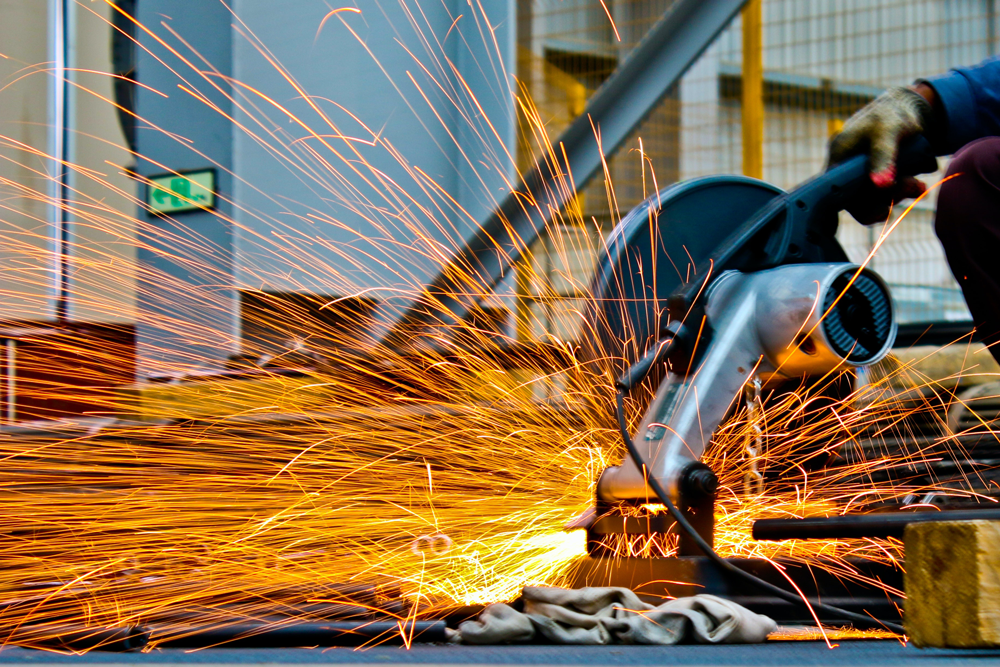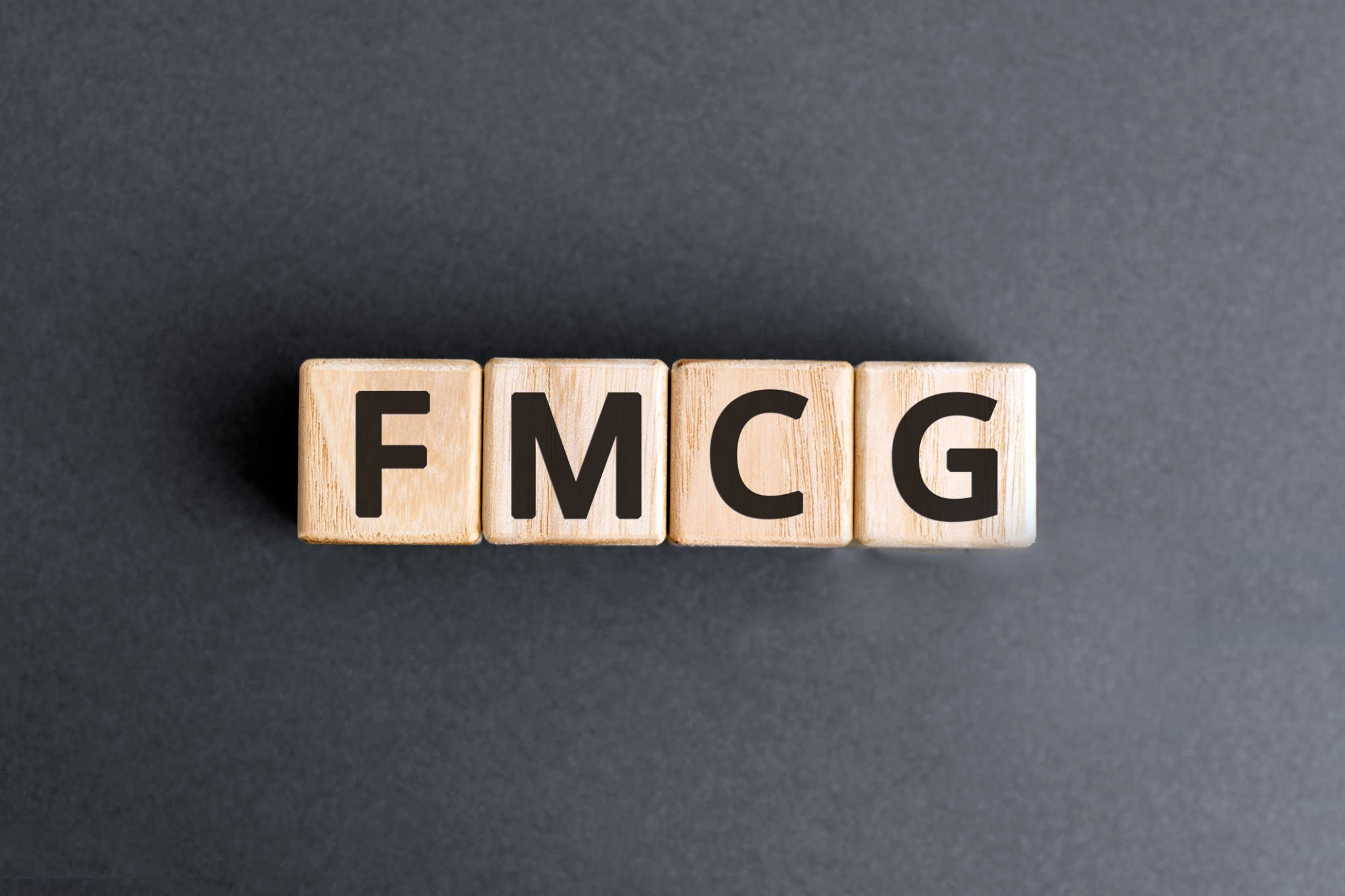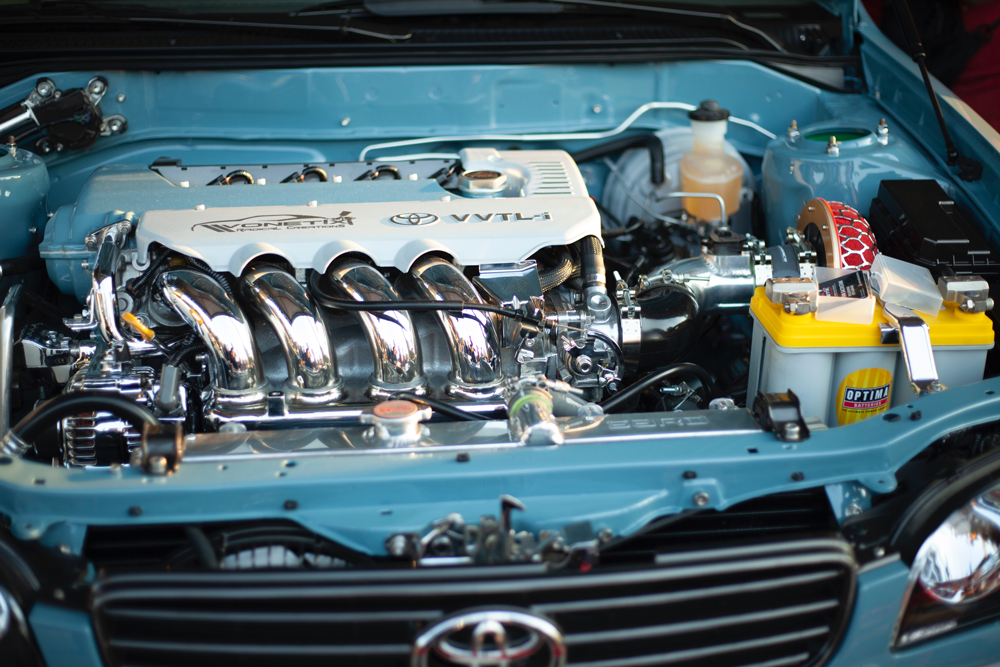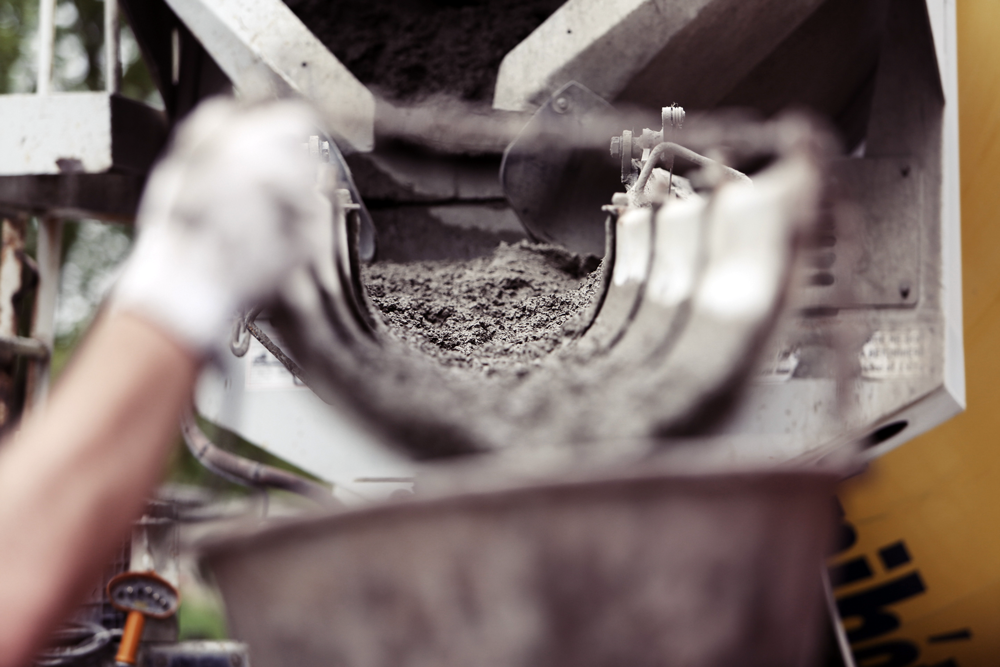Industries that we serve…
The strategy for a successful journey of every business is very different, and you need to select the right strategy depending on the industry that you are serving. SEARCH CATALYST PVT.LTD. Helps you in creating the right strategy for your industry based on the key factors that affect your industry. Our focus is not just to create the right strategy, but we ensure your growth at every stage of your business journey. We have served several industries during our journey, and our clients have also enjoyed their journey to success with us so far.
We understand the needs of every industry, and although we have something to offer to every industry, we focus only on the industries that we have been able to bring some big positive impacts for our clients. We have an experienced team of professionals with us to tackle all the issues of your industry. This is the era of innovations, and we can see various new industries emerging every day, and we love to support the innovation with everything we have to offer. There are already so many businesses from various industries that our team has transformed. Be a part of our journey and become the leader of your industry with us.
Learn more










